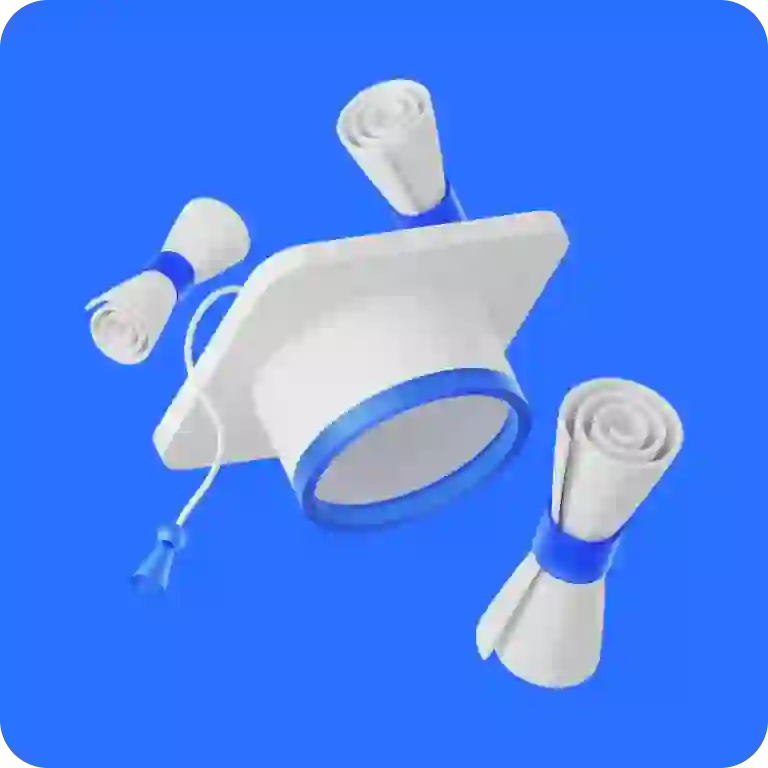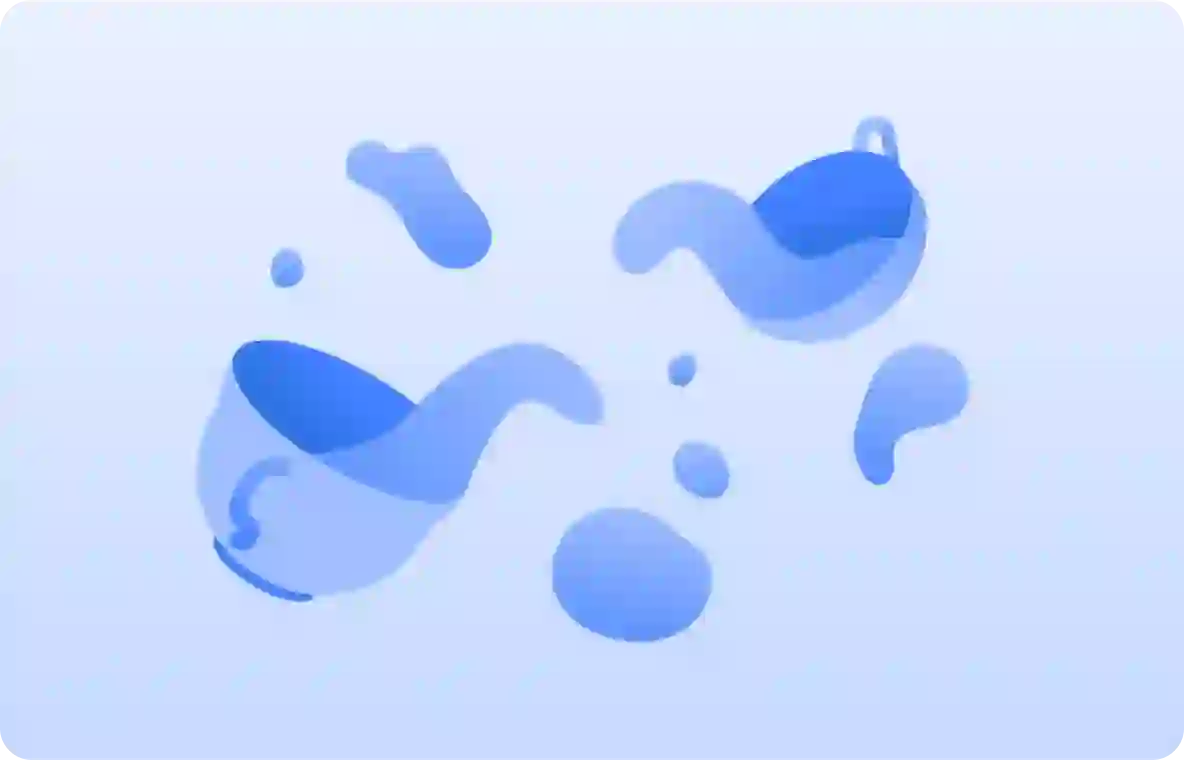Java Fundamentals
- Mexico, Colombia, and4 others
- Online
- 147 hours
- Intermediate
- English
- Free

Striving to gain market-oriented knowledge and skills to jumpstart your tech career?

Course details
This course is focused on learning the Java programming language at the intermediate level as part of the Junior Java Developer competency matrix. Choose this course if you are already familiar with Java syntax, have experience developing Java applications using the collections framework and input/output streams, and want to delve deeper into Java programming while also enhancing your abilities to solve non-standard tasks.
In this course, you will learn design patterns, get acquainted with multithreaded programming, and develop your first web application in Java using the Spring framework.
Self-paced courses by EPAM are available on the EPAM Learn educational platform, combining theory, hands-on assignments, and knowledge assessments to help you enhance your skills. The learning process starts as soon as you register on this page; there are no fixed start and end dates.
To obtain a certificate of completion, you must score 70% or above. The document is issued within 10 business days of successful course completion.
Prerequisites
- Self-learning and self-discipline skills.
- Knowledge of Java syntax.
- Good understanding of OOP.
- Familiarity with algorithms and data structures.
- Good command of the collections framework.
- Ability to work with input/output streams.
- Working knowledge of lambda and streams.


Course benefits
- You can study at your own pace.
- This is a free educational opportunity to learn from the best EPAM mentors and experts.
- After successfully completing the course, you can take a test and receive a certificate of completion.
- We provide only high-quality content relevant to the current state of the tech industry.
- This course has been developed by EPAM experts from different countries and combines useful practical knowledge for your future career.


Created in 1995 as a universal platform for writing code compatible with all architectures, Java remains the most widely used object-oriented programming language.
Java and its derivatives are almost everywhere, from enterprise-grade cloud systems to Java-based scripting languages like Go or Python. Popular modern languages, Kotlin and Scala, also run on the Java virtual machine (JVM). Hence, the need for proficient Java engineers is forecast to stay elevated in the upcoming years.







